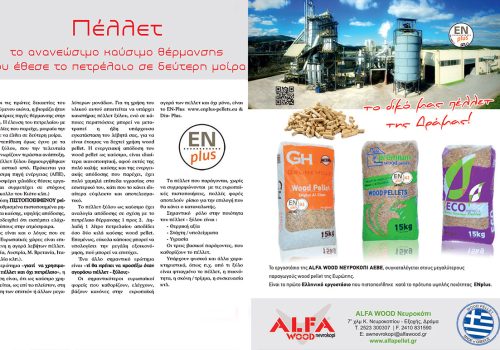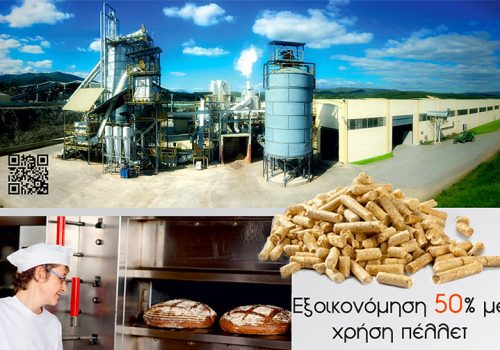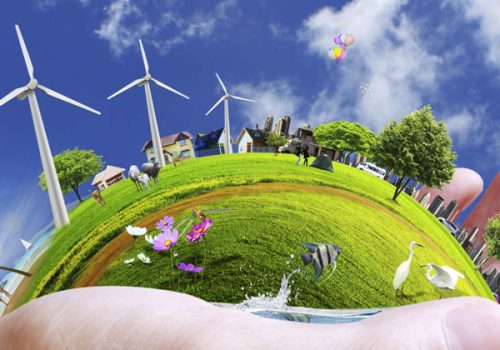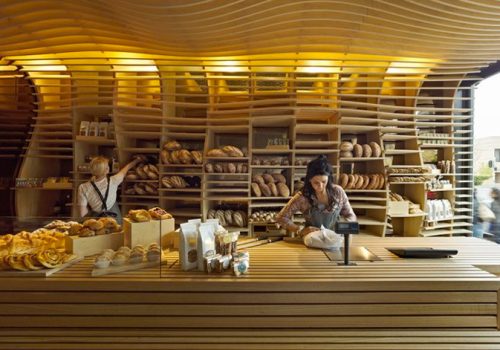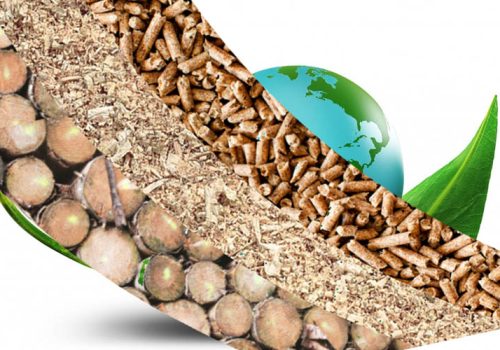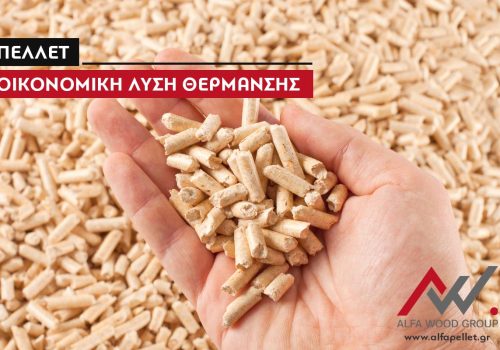 Environmental News
Environmental News Environmental News
Environmental NewsWood pellet burners: High performance at low cost!
 Another economical solution for heating, at least in relation to oil, are wood pellet burners. So already many have already replaced their traditional burner with a new one, which burns this new, environmentally friendly fuel, wood pellets.
Another economical solution for heating, at least in relation to oil, are wood pellet burners. So already many have already replaced their traditional burner with a new one, which burns this new, environmentally friendly fuel, wood pellets.
Pellet burners are characterized by particularly high efficiencies, do not pollute the environment and depending on the model can produce between 10,000 and 60,000 Btu per hour. Because these burners burn wood residues so efficiently, there is no need for a regular chimney, as the exhaust of the fumes can be done through a small hole in the wall from a pipe that ends outside, this pipe consists of a stainless steel inner and an aluminum exterior. Pellet burners can use an existing chimney, but it usually needs to be modified in order to run the pipe through which the smoke will be extracted.
Read morePellet and energy fireplaces entered the limelight
 The time when every home had a wood burning stove may seem quite distant, but in the midst of an economic crisis, wood is coming back as a proposal for fuel.
The time when every home had a wood burning stove may seem quite distant, but in the midst of an economic crisis, wood is coming back as a proposal for fuel.
The traditional fireplace can provide warmth at home, but it will hardly really warm the pocket of a family man who wants heating in all the rooms where his family members live and rest. Even if one cannot stand due to the heat in front of the burning stove, the back of his body will feel the temperature difference in the non-irradiated space.
But even in a modern apartment, someone can enjoy the ritual of lighting a flame, using a new technology energy fireplace - or even a modern wood stove - that burns pellets.
Read moreSaving by using pellets
Economic Comparison of pellets and other types of solid fuels with Fossil Fuels
Let us now compare the calorific value and cost of Solid Biofuels with common Fossil Fuels. The values below represent average calorific value and combustion efficiency values, as well as Chimney & External Burner Technical Losses, in the case of most fossil fuels.
The calorific values of all fossil fuels and wood are provided by the EU DIRECTIVE: 2006/32/EC ANNEX II: "Energy Content of selected fuels for final use", Journal of the European Union, April 5, 2006. The calorific values values & specific gravity vary depending on the origin of the fuel & their composition as well as the quality of the contained hydrocarbons.
The cost prices of the various fuels are indicative prices for Greece in March 2012.
Biomass.. what is it?
 Biomass is any material produced by living organisms (such as wood and other forest products, crop residues, livestock waste, food industry waste, etc.) that can be used as fuel for energy production. Biomass fuel is also known in Greece as pellets.
Biomass is any material produced by living organisms (such as wood and other forest products, crop residues, livestock waste, food industry waste, etc.) that can be used as fuel for energy production. Biomass fuel is also known in Greece as pellets.
A form of biomass: pellets resulting from the mechanical compression of sawdust, without the addition of chemicals or adhesives
The energy bound to plant substances comes from the sun. Through the process of photosynthesis, plants transform solar energy into biomass. Animal organisms absorb this energy with their food and store a part of it. This energy is ultimately provided by the biomass, after its processing and use. It is a renewable energy source because it is actually stored solar energy captured by plants during photosynthesis.
Biomass is the oldest and most widespread renewable energy source. Primitive man, to warm himself and cook, used the energy (heat) that came from burning wood, which is a type of biomass. Read more

